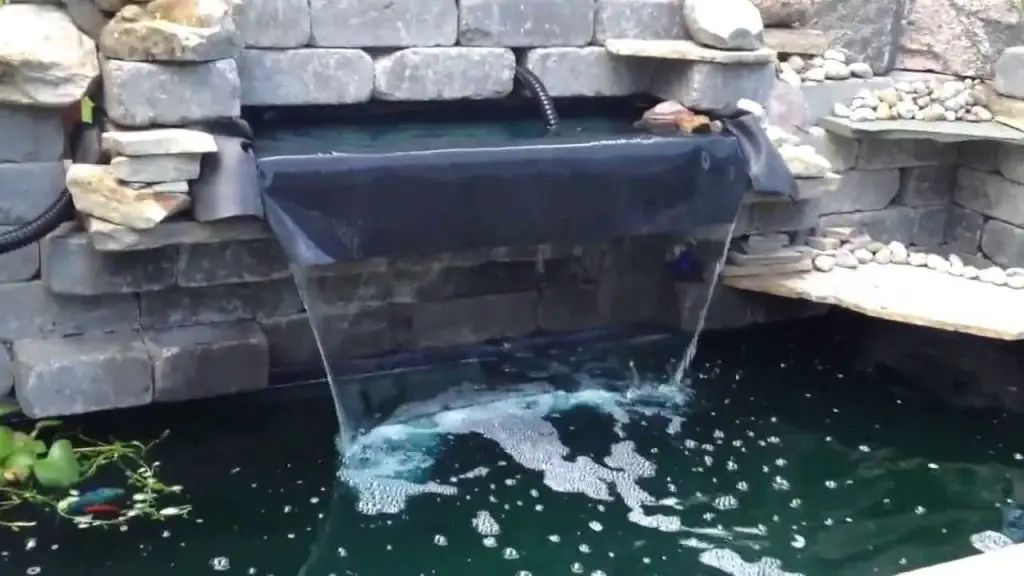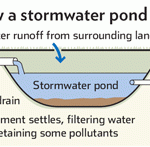Are you a pond owner looking to construct a spillway to manage water flow effectively? Building a spillway is a crucial aspect of pond maintenance to prevent overflow and erosion. In this guide, we will walk you through the steps to build a spillway for your pond successfully.
Materials Needed:
- Shovel
- Level
- Gravel
- Rocks or Concrete Blocks
- Geotextile Fabric
- PVC Pipe
- Overflow Pipe

Credit: www.youtube.com
Step 1: Choose the Location
Select a suitable location for your spillway that allows excess water to flow out of the pond. Consider the natural topography and ensure the spillway is positioned on the lowest point to facilitate water drainage.
Step 2: Dig the Channel
Using a shovel, dig a channel from the pond to the desired drainage area. The channel should have a slight slope to ensure proper water flow. Use a level to check the gradient and make adjustments as needed.
Step 3: Install Geotextile Fabric
Line the channel with geotextile fabric to prevent soil erosion and stabilize the spillway. This fabric acts as a barrier that allows water to pass through while holding the soil in place.
Step 4: Add Gravel
Place a layer of gravel over the geotextile fabric to provide additional support and improve drainage. The gravel helps to filter the water and prevent clogging, ensuring smooth water flow through the spillway.
Step 5: Create a Barrier
Use rocks or concrete blocks to create a barrier at the end of the spillway channel. This barrier helps to control the water flow and directs it towards the drainage area, preventing overflow and erosion around the pond.

Credit: extension.okstate.edu
Step 6: Install PVC Pipe
Insert a PVC pipe into the spillway channel to regulate water flow. The PVC pipe allows you to control the water level in the pond by adjusting the flow rate. Make sure the pipe is securely in place to avoid leaks.
Step 7: Add an Overflow Pipe
Install an overflow pipe near the top of the pond to prevent water from reaching dangerous levels. The overflow pipe provides an additional outlet for excess water during heavy rain or flooding, ensuring the pond does not overflow.
Step 8: Test the Spillway
Once the spillway is constructed, test its efficiency by allowing water to flow through it. Check for any leaks, blockages, or uneven flow. Make adjustments as necessary to ensure optimal water drainage and pond safety.
Benefits of a Spillway:
- Prevents pond overflow
- Controls water levels
- Reduces erosion
- Improves water quality
- Enhances pond aesthetics
Conclusion
Building a spillway for your pond is essential for maintaining proper water flow and preventing potential issues such as overflow and erosion. By following the steps outlined in this guide and using the right materials, you can construct a functional spillway that enhances the overall health and appearance of your pond.





